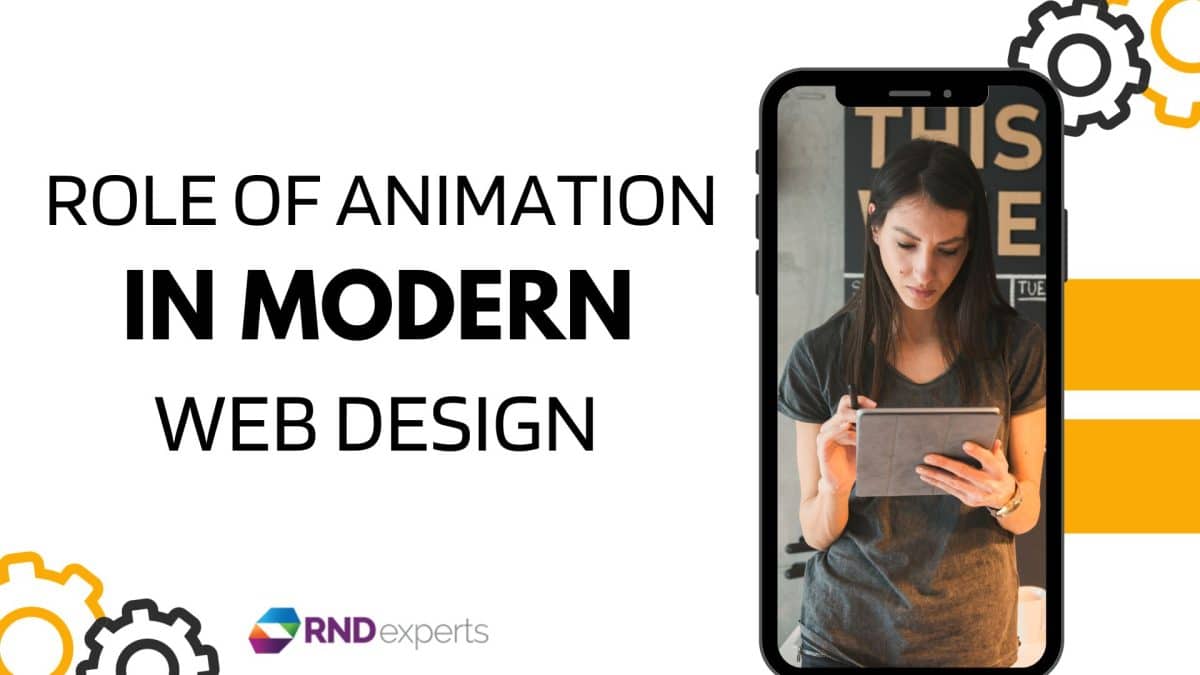Figma | The Ideal Tool for Modern Web Design in Startup Environments
Introduction:
In today’s rapidly evolving digital landscape, startups face the challenge of creating trendy and visually appealing web designs that captivate their target audience. To achieve success, these companies require a design tool that not only provides a seamless user experience but also fosters collaboration among team members. Figma, a cloud-based design and prototyping tool, has emerged as the perfect solution for startups looking to stay ahead in the competitive web design arena. In this article, we will explore expert insights on why Figma is the go-to tool for modern web design in startup environments.
Seamless Collaboration:
One of Figma’s key strengths is its ability to facilitate smooth collaboration among designers, developers, and stakeholders. The cloud-based nature of Figma allows multiple team members to work simultaneously on a design project, eliminating the need for time-consuming file transfers or version control issues. Its real-time collaboration features, such as live editing, commenting, and sharing, make it easy for teams to provide feedback and iterate on designs, ensuring efficient workflows and quicker decision-making.
Cross-Platform Compatibility:
Startups often operate in diverse environments, with team members using different operating systems and devices. Figma’s cross-platform compatibility eliminates compatibility issues, allowing designers to seamlessly switch between Mac, Windows, or Linux systems. Additionally, Figma’s web-based interface enables access from any device with an internet connection, empowering designers to work remotely or on the go without compromising productivity.
Design Systems and Libraries:
Consistency is paramount in web design, and Figma excels in this aspect by offering robust design systems and libraries. Design systems enable startups to establish a consistent visual language across their web applications, ensuring a cohesive and polished user experience. Figma’s components and style libraries make it easy to create reusable design elements, reducing redundancy and saving valuable design time. Updates to design elements within the libraries automatically propagate throughout the entire project, ensuring uniformity and minimizing the risk of inconsistencies.
Prototyping and Design Iteration:
The ability to quickly prototype and iterate designs is crucial for startups aiming to refine their web applications for modern web design. Figma offers an intuitive prototyping feature that allows designers to create interactive and animated prototypes, bringing their designs to life. Startups can gather valuable user feedback early in the development process, leading to informed design decisions and improved user experiences. Figma’s prototyping capabilities enhance collaboration, enabling stakeholders to visualize and provide input on the product’s functionality and flow.
Third-Party Integrations:
Figma’s extensibility through third-party integrations is a significant advantage for startups seeking to streamline their design workflows. Figma integrates seamlessly with popular tools like Slack, Jira, and GitHub, facilitating efficient communication, task management, and version control. These integrations enable startups to consolidate their design and development processes, promoting cross-team collaboration and reducing context switching.
Advantages of using Figma for modern web design in startup environments:
Accessibility and Version Control: Figma’s cloud-based nature ensures easy accessibility to design files from anywhere, making it ideal for distributed teams or remote work setups. It eliminates the hassle of managing local files and provides seamless version control, allowing designers to track changes, revert to previous versions, and maintain a complete design history.
Design Handoff and Collaboration with Developers:
Figma simplifies the design handoff process by providing developers with a comprehensive platform to inspect and extract assets, CSS, and measurements directly from the design files. This enables smoother collaboration between designers and developers, reducing misunderstandings and speeding up the implementation of designs.
Design Feedback and User Testing:
Figma offers intuitive commenting and annotation features that facilitate precise feedback and discussions within the design files. This helps startups gather feedback from stakeholders, clients, and users directly on modern web design elements or interactions. User testing can also be conducted by sharing interactive prototypes, allowing startups to validate their designs before investing in development.
Design Versioning and Modern Web Design History:
Figma’s versioning capabilities enable designers to create branches, experiment with different design iterations, and merge changes seamlessly. This feature promotes a structured design workflow, making it easy to explore alternative design directions while preserving the ability to revert or refer back to previous versions if needed.
Community and Modern Web Design Resources:
Figma boasts an active and vibrant design community where designers can find valuable resources, such as design templates, UI kits, and plugins. This community-driven ecosystem empowers startups to leverage existing design assets, stay updated with the latest design trends, and access a wide range of time-saving plugins to enhance their design workflows.
Scalability and Cost-effectiveness:
Figma’s flexible pricing plans cater to startups of all sizes, offering both free and paid options. This scalability ensures that startups can start using Figma without significant upfront investment and then scale up as their design teams and projects grow. Figma’s collaborative features also help optimize productivity, potentially reducing costs associated with time wastage and miscommunication.
By leveraging these advantages, startups can harness the full potential of Figma as their primary design tool, ensuring a streamlined and efficient web design process that aligns with the latest industry trends.
In the fast-paced world of startups, staying ahead of design trends is crucial for success. Figma, in collaboration with RND Experts Pvt. Ltd., offers a comprehensive suite of tools and features that make it the perfect tool for trendy web design in startup environments. The collaborative nature of Figma, combined with the knowledge and expertise of R&D professionals, allows startups to create visually captivating web applications and stay at the forefront of design innovation. With Figma, startups can foster efficient teamwork, leverage cross-platform compatibility, utilize design systems for consistency, leverage prototyping capabilities for user testing, and integrate seamlessly with third-party tools. Embracing Figma, with the guidance of RND Experts Pvt. Ltd., empowers startups to transform their design visions into reality and deliver exceptional user experiences, giving them a competitive edge in the market.






